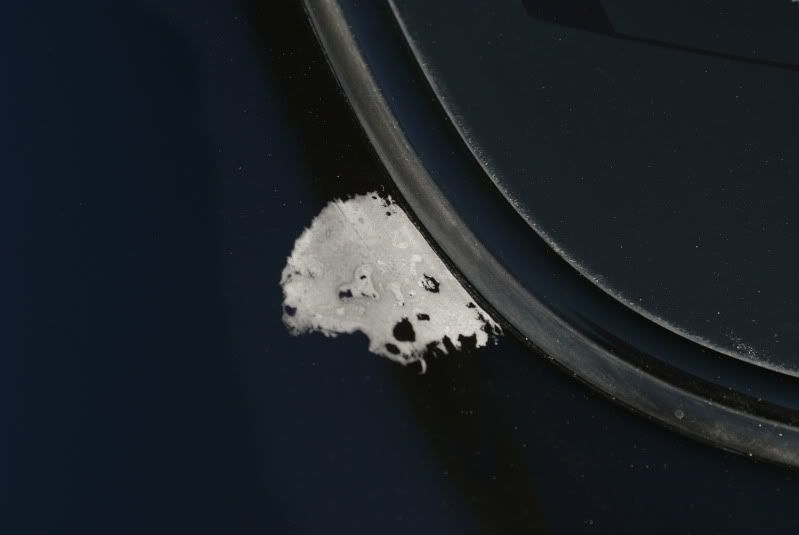Hey...Its the new guy. Not to long ago while i was parked in a underground garage when it rained all week this white stuff splattered on my car. It looked very similiar to bird droppings but im possitive its from the garage because other cars parked there also had it. I asked the sercurity from base about the incident and they said it happens alot when it rains. That Lime deposit comes down the cracks.
Anyways, luckly most of this lime deposit stuff feel on the back windshield and was easy taken off with windex, hot water and some fingure nail scratching here and there. Too bad it didnt work so well in the paint... I got most of it off with that method leaving much swirls(black car) and couldnt get off a small 1x1 size. The MP told me to limeaway....(the shower stuff?!) and i was horrified just thinking about what will happen if i did. Now i dont know how to take it off or just leave it to the experts for the big bucks?
-I have a DA Gv110v2 handy.
-I've already tried a clay bar and soft foam pads.
-I am a loser for scratching it with my fingure nails.
-Have nightmares with lime away.


Anyways, luckly most of this lime deposit stuff feel on the back windshield and was easy taken off with windex, hot water and some fingure nail scratching here and there. Too bad it didnt work so well in the paint... I got most of it off with that method leaving much swirls(black car) and couldnt get off a small 1x1 size. The MP told me to limeaway....(the shower stuff?!) and i was horrified just thinking about what will happen if i did. Now i dont know how to take it off or just leave it to the experts for the big bucks?
-I have a DA Gv110v2 handy.
-I've already tried a clay bar and soft foam pads.
-I am a loser for scratching it with my fingure nails.
-Have nightmares with lime away.




Comment